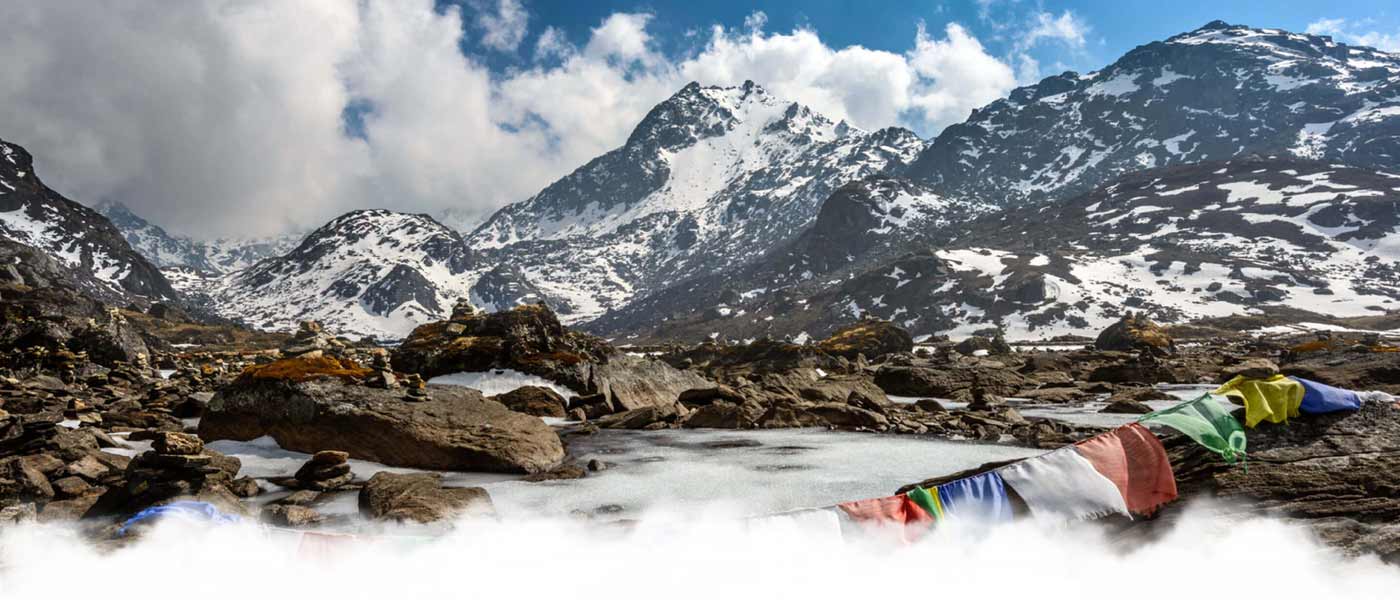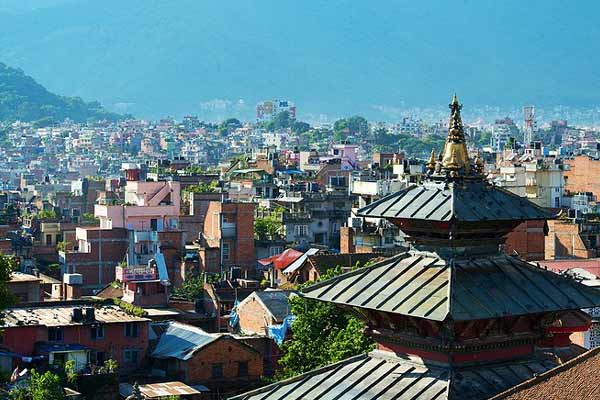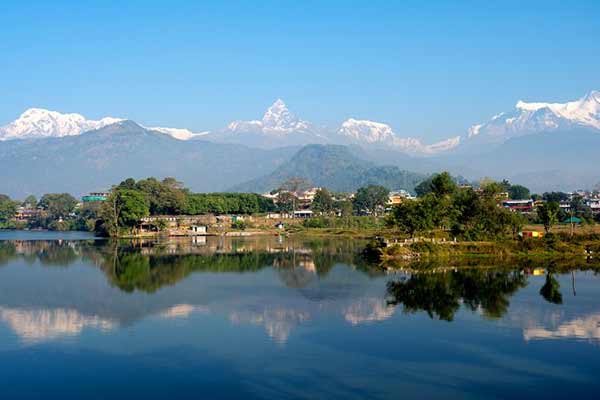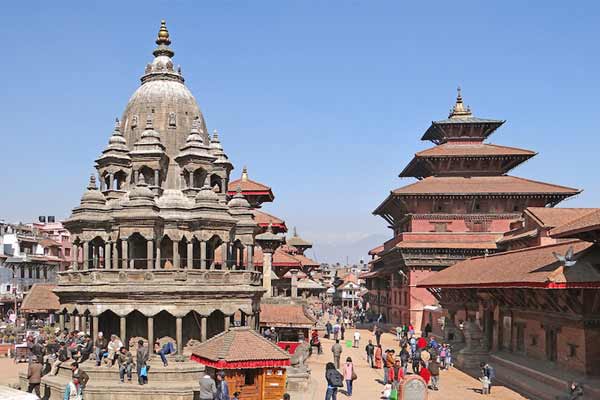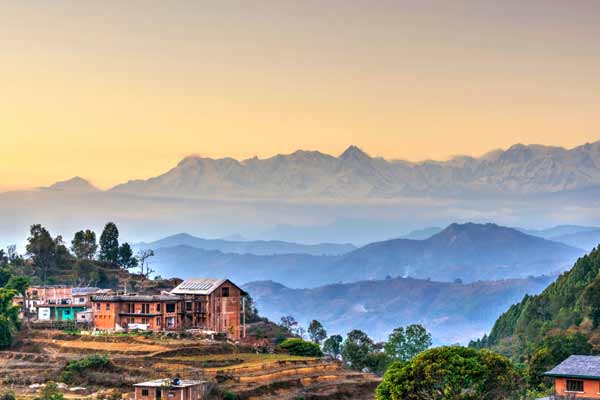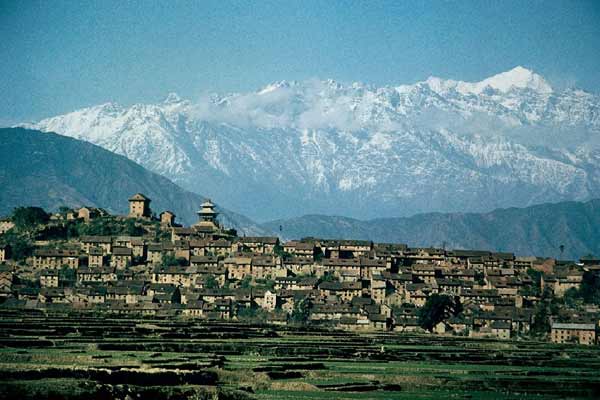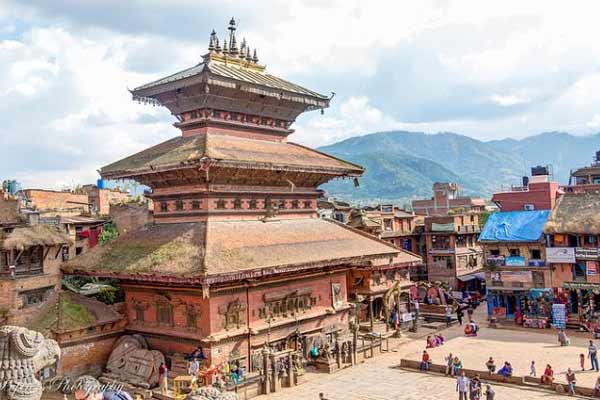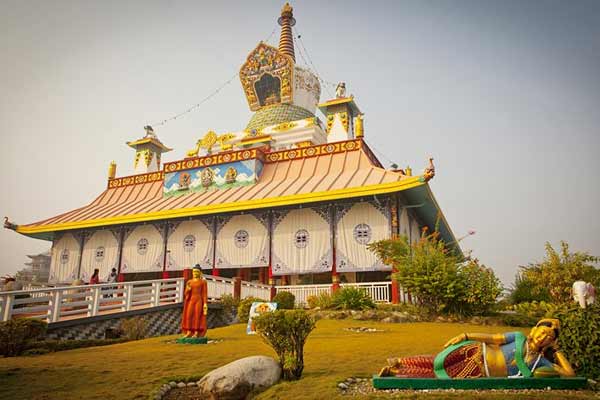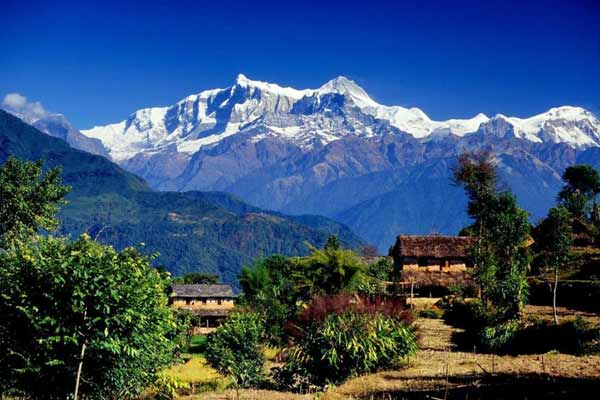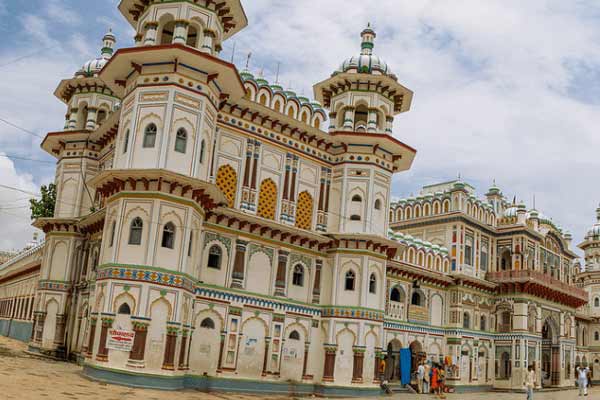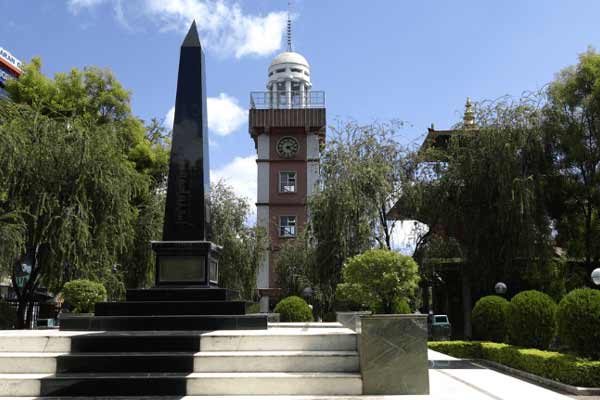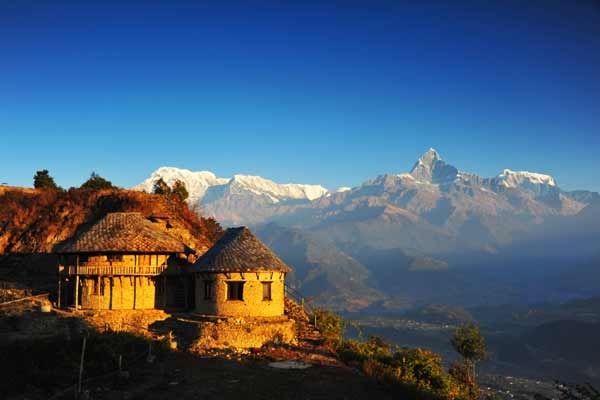
Dharan
Dharan is one out of two sub-metropolitan towns in Province No. 1 of Nepal, in the Sunsari District, and is located on the foothills of the Mahabharat Range in the north with its southern tip touching the threshold of the Terai location at an altitude of 1148 ft. It serves as a buying and selling submit among the hilly location and the plains of Terai area. It become once the location of a recruitment middle for the Brigade of Gurkhas, opened in 1953.
The recruitment center is closed and the campus is now the house of B.P. Koirala Institute of Health Sciences given that 1993. Dharan sub-metropolitan town organised a Golden Jubilee birthday celebration of Dharan from 28 to 31 January 2011, marking the fiftieth year of establishment of the municipality. It is the second one-biggest metropolis of Eastern Nepal. It is also referred to as the football/footballer generating manufacturing unit of Nepal.
After a quick duration, King Mawrong Hang came to prominence and took over Terai lands of Chethar, Bodhey, Panthar, and Ilam. He named his kingdom Morang after his name and rose to energy. He subdued all of the Ten Limbu Kings of Limbuwan and have become their overlord. He died with none male heir and King Uba Hang took over as perfect ruler of Limbuwan in 849 – 865 AD. He made many spiritual and social reforms in Limbuwan. Uba Hang's son Mabo Hang succeeded him in 865 AD and ruled till 880 AD.
History
Since 1584 AD till 1774 AD, Dharan-Bijaypur was the capital city of Morang Kingdom of Limbuwan. It was also effective capital of the entire Limbuwan region or ten Limbu Kingdoms which was also known as Pallo Kirant Pradesh. Before King Prithivi Narayan Shah's conquest over Bijaypur,the capital of Morang Kingdom of Limbuwan, the capital city of Kiranti pradesh (zone) was the base-land of the establishment.Dharan was known as Bijaypur until 1950s when the settlement grew on the southern portion of Bijaypur and took its own name as Dharan.
City, which is connected with the historical importance of Vijaypur started its development since 1985 BS. Then Prime minister Chandra Samsher established Chandra nagar (now purano bazaar) and primeminister Juddha Samsher established Juddha nagar (now naya bazaar). City abstracted its name after "Dharan" (nepali word) a rectangular hollow dug under the ground and a low platform upon it for sawing logs with a big saw; one person on the platform and other below it. And, after the establishment of Dharan city, logs used to be widely split uphere in "Dharan".It took its present shape when Vijaypur village panchayat and Ghopa village panchayat were merged into Dharan municipality in 2035 BS.
Nepal Top Destinations
Nepal is a country filled with beautiful destinations for travelers. Nature itself has blessed the country with lots of beauty. The ‘beauty’, defined by different mountains, lakes, caves, glaciers and many more. Nepal has a lot of offer for travelers, hikers, and nature seekers. The diversity in Nepal’s nature and a range of exotic culture makes Nepal ideal for tour and travel activities with family and friends. Nepal is often said, is a utopia of natural beauty. The marvelous scenic beauty of Himalayas of Nepal is not only remarkable but offers a lifetime experience to patrons. Surrounding the former royal city-states of Kathmandu, Patan and Bhaktapur, the Kathmandu Valley is packed with fascinating cultural sites. This UNESCO World Heritage-listed region is up there on the list of Nepal destinations not to miss, set within picturesque rural landscapes which are dotted with small Newari villages. The Bodhanath Stupa lies just outside of Kathmandu and is one of the largest of its kind in the world, dating to around the 6th century. Also of note is the shrine of Swayambhunath, affectionately known as the “Monkey Temple” for its resident primates, which dates to the 5th century. Today it still plays an important role in the lives of Nepal’s Vajrayana Buddhists and the Newari Buddhists living in the Kathmandu Valley.
 +91 9799050299
+91 9799050299 